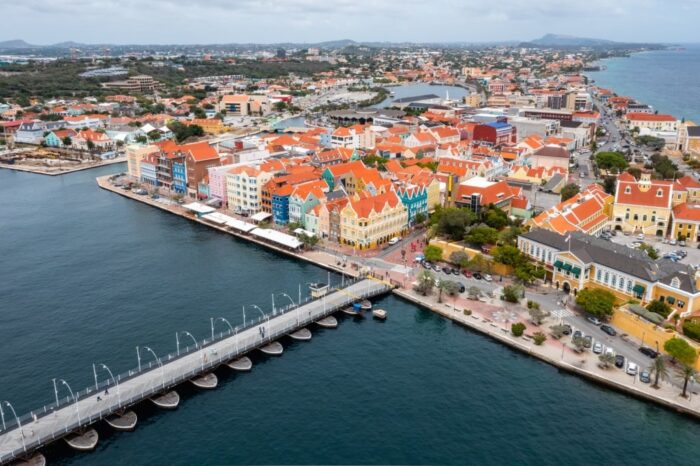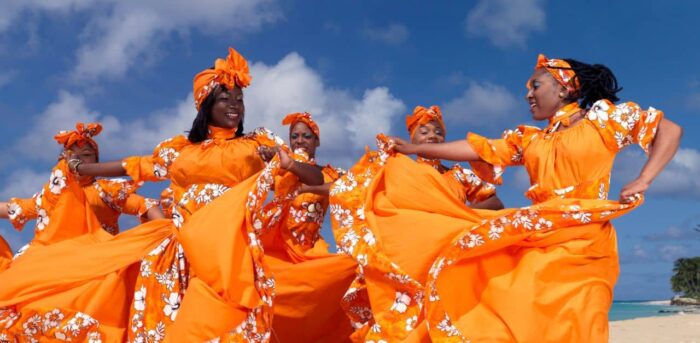
The Caribbean Islands, a vibrant and diverse archipelago, are not just a paradise of sun, sea, and sand. They are a mosaic of cultures, traditions, and histories woven together by the legacies of indigenous peoples, colonial influences, and migrations.
Exploring the cultural tapestry of the Caribbean unveils a vibrant and multifaceted identity that resonates through music, art, cuisine, festivals, and the warm hospitality of its people.
Indigenous Roots and Legacy

The Caribbean’s cultural heritage begins with its indigenous inhabitants, such as the Taíno, Carib, and Arawak peoples.
Despite the devastating impact of colonization, their legacy endures through language, art, and the survival of some customs and folklore, serving as a reminder of the islands’ original inhabitants’ resilience and contributions to the region’s identity.
Colonial Influences and Cultural Fusion
The colonial period profoundly shaped the Caribbean’s cultural landscape. The arrival of European powers – Spanish, British, French, Dutch – brought diverse influences that intermingled with indigenous traditions.
The remnants of colonial architecture, language, and customs still echo through the streets of many Caribbean cities, offering glimpses into the past.
Music, Rhythm, and Dance

Music is the heart and soul of the Caribbean. From the pulsating beats of reggae in Jamaica to the infectious rhythms of soca in Trinidad and Tobago, each island boasts a unique musical heritage. Calypso, zouk, merengue, salsa, and steelpan music represent the diverse sounds that resonate through the streets and festivals, carrying the spirit and stories of the islands’ people.
Artistic Expressions and Creativity
Caribbean art is a vibrant reflection of the region’s cultural diversity and history. Renowned for its vibrant colors, bold themes, and diverse mediums, Caribbean art captures the essence of island life, its struggles, and triumphs. From the intricate woodwork of Haiti to the vibrant murals of Cuba, artists express their cultural narratives through paintings, sculptures, and crafts, showcasing a rich heritage of creativity.
Culinary Traditions and Fusion Flavors
The Caribbean’s culinary scene is a fusion of diverse influences. Indigenous ingredients, African traditions, European flavors, and Asian spices blend together, creating a culinary tapestry of vibrant dishes. Jerk seasoning, ackee and saltfish, callaloo, and roti are just a few examples of the region’s tantalizing cuisine, offering a delightful journey through the flavors and aromas of the Caribbean.
Festivals and Celebrations
The Caribbean’s calendar is brimming with vibrant festivals celebrating cultural heritage, music, and religious traditions. From Trinidad and Tobago’s colorful Carnival to Haiti’s vibrant Gede celebrations, these events unite communities, showcasing elaborate costumes, music, dance, and culinary delights, inviting visitors to partake in the joyous festivities.
Preservation and Promotion of Cultural Heritage

Efforts to preserve and promote Caribbean cultural heritage are ongoing. Museums, cultural centers, and initiatives seek to safeguard traditions, languages, and historical artifacts. UNESCO-designated sites like Brimstone Hill Fortress in St. Kitts or the Historic District of Old San Juan in Puerto Rico stand as testaments to the region’s historical significance.
In discussing the cultural tapestry of the Caribbean Islands, it’s noteworthy to acknowledge the multifaceted contributions of St. Kitts and Nevis, including its Citizenship by Investment (CBI) program, which offers a pathway to St. Kitts citizenship.
St. Kitts and Nevis’ Citizenship by Investment program has gained recognition for providing eligible individuals and families the opportunity to acquire citizenship through investment in the country.
One of the significant advantages of this program is the access it grants to the St. Kitts and Nevis passport. Holders of this passport enjoy visa-free or visa-on-arrival access to numerous countries worldwide, facilitating global mobility and international travel.
In the context of the Caribbean’s rich cultural heritage, St. Kitts citizenship via its CBI program serves as a gateway for investors and global citizens to engage with the diverse cultural experiences across the Caribbean.
Possessing the St. Kitts and Nevis passport not only represents a legal right to live, work, and study in the country but also symbolizes an entryway to explore the multifaceted cultural tapestry of the wider Caribbean region.
Furthermore, individuals who become citizens of St. Kitts and Nevis through its CBI program have the opportunity to contribute to the country’s development while also gaining access to the region’s vibrant cultural heritage.
This includes participating in cultural events, festivals, and experiencing the authentic traditions and history that define the cultural richness of the Caribbean Islands. Thus, the St. Kitts and Nevis Citizenship by Investment program stands as a bridge connecting global citizens to the cultural diversity and experiences embedded within the Caribbean’s enchanting tapestry of heritage.
Conclusion: A Vibrant Cultural Kaleidoscope
The Caribbean Islands are more than just a tropical paradise; they are a vibrant mosaic of cultural diversity, resilience, and creativity. The region’s rich heritage, shaped by centuries of history and the blending of cultures, continues to captivate and inspire.
The cultural tapestry of the Caribbean is a testament to the enduring legacy of its people, preserving traditions while embracing innovation, inviting the world to explore and celebrate the beauty and richness of its diverse identity.














